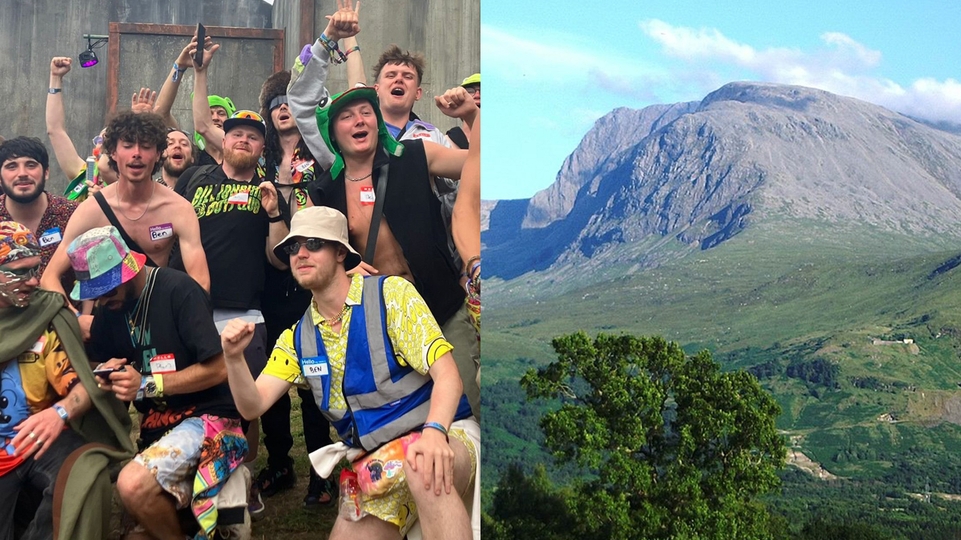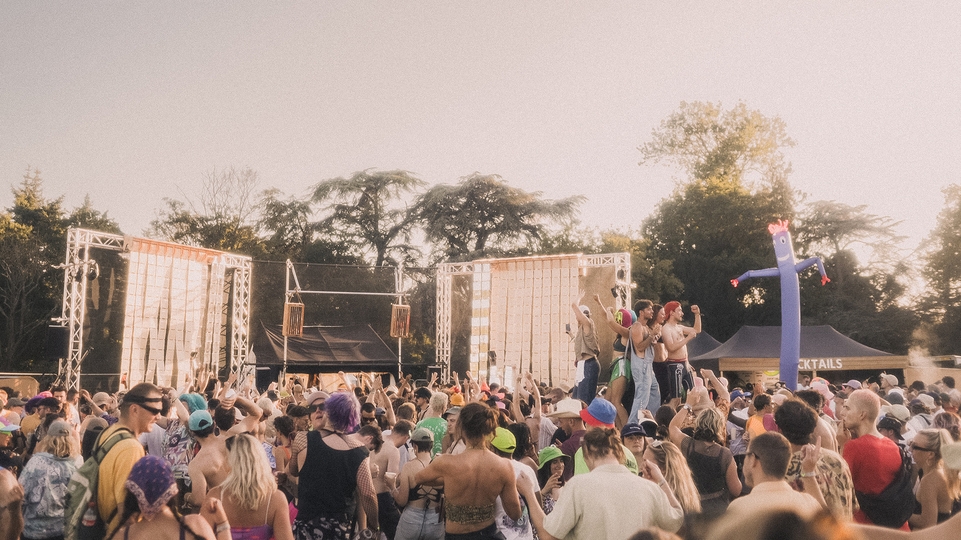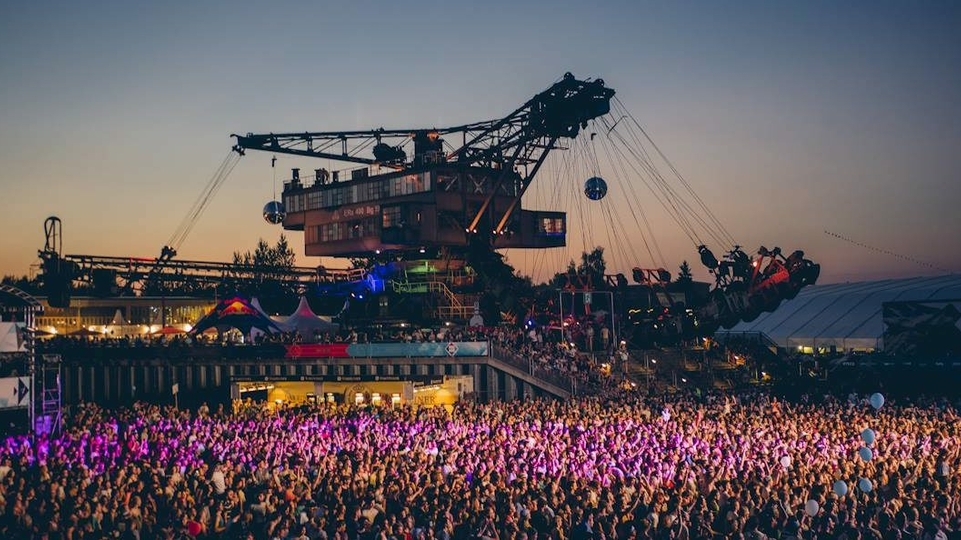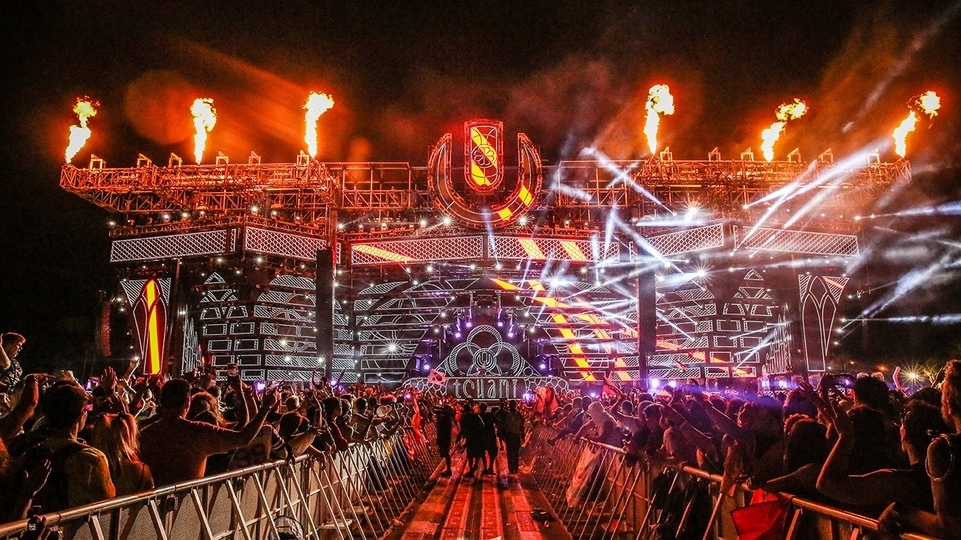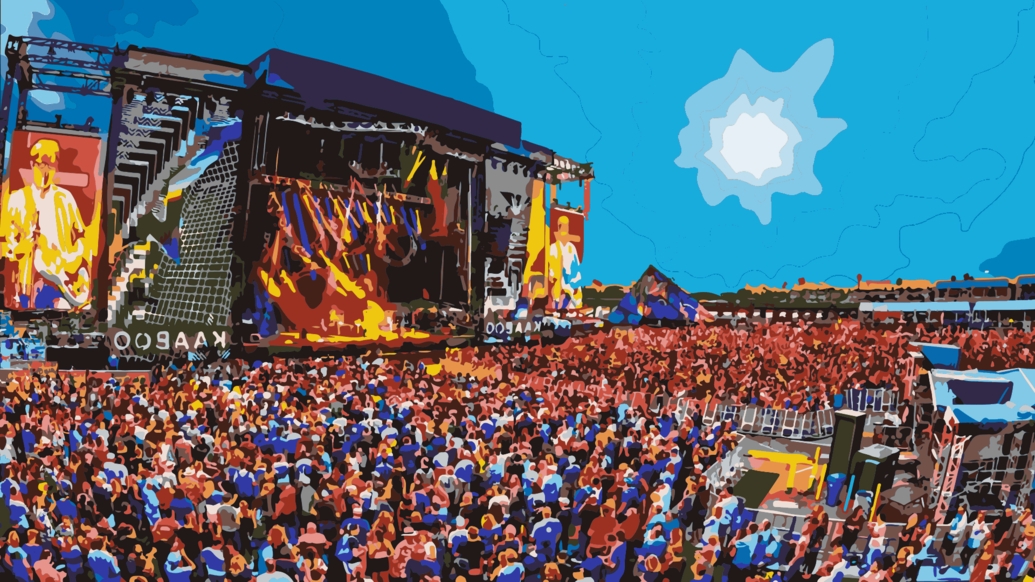
This is the future of festivals, according to festivals
Growth of the festival industry shows no sign of slowing, but the sector faces more issues than ever before. Emissions and waste need urgent attention, there are minefields to navigate relating to licensing, policing, and drug and alcohol legislation, whilst undemocratic booking processes often dictate homogeneous line-ups as costs rise higher than inflation. So we asked those behind the scenes at events across the world: where do we go from here?
As the festival calendar becomes increasingly saturated, party season never feels too far away. Plans are hatched throughout the year, as WhatsApp groups light up with constant news of our annual pilgrimages to fields, parkland, beaches, and city squares across the globe.
But the festival industry arguably faces more issues than ever before. Emissions and waste need urgent attention, market saturation is unprecedented, and line-ups are worryingly vulnerable to undemocratic booking processes as costs rise faster than inflation.
According to Ticketmaster’s recent State of Play research, between 2016 and 2019 the equivalent to one-third of Britons hit at least one festival. Statista reports the European market is worth €4.1billion — almost double what it was half a decade ago.
In the US, more Americans buy a festival pass each year than live in any state (except California). The boom is also visible in South America, Asia, and Australia, where many festivals often navigate minefields relating to licensing, policing, and drug and alcohol legislation. But, the industry faces more than legal issues as its growth shows no sign of slowing down.
So where do we go from here? We asked those behind the scenes at events across the world some big questions. What changes are needed for festivals to remain relevant and sustainable for another ten years? Which trends are set to define weekenders through the next decade? From Ultra, Exit, and Boomtown, to Houghton, Monticule, and Wonderfruit, here’s what we learnt.
Greenwashing will get us nowhere
When EDM behemoth Ultra lost its spiritual home at downtown Miami’s Bayfront Park for the 2019 edition (where it returns in 2020), it moved to a temporary venue, Virginia Key. Closer to nature than ever, organisers called in local ecology experts to advise a new, dedicated environmental team on Ultra’s wildlife impact, including the effect of noise on fauna.
Some issues prevailed, such as increased stress levels among fish in nearby waters due to high sound levels. But, along with removing all styrofoam and confetti, and near-100% compliance on a single-use plastics ban, the Virginia Key edition represented a transformative year for the festival in terms of its approach to eco friendly practices, and set a precedent for its future.
“I think the biggest obstacle for us is just access — either to products or services that allow events to have these kinds of programmes,” says Ultra’s Senior Sustainability Manager, Vivian Belzaguy. She references the scarcity of green services in South Florida, including a seemingly complete absence of composting options for an event of Ultra’s scale.
Even so, Belzaguy managed to achieve a clean waste stream after drafting in North Carolina’s Clean Vibes, a firm specialising in responsible on-site waste management at large events. This meant recycling partners could be fully verified to ensure no materials were exported overseas after collection.
“One of the lessons from last year, I think, is that South Florida specifically doesn’t have a lot of resources, but we don’t have to only look in South Florida,” she continues. A deal with Amsterdam’s Green Events International is one example of a global partnership playing an integral role at Ultra. Tracking carbon footprint at source through baseline energy assessments now informs Ultra’s future strategy. “By proving we were serious last year, that has opened up partnerships in other parts of the country and across the world.”
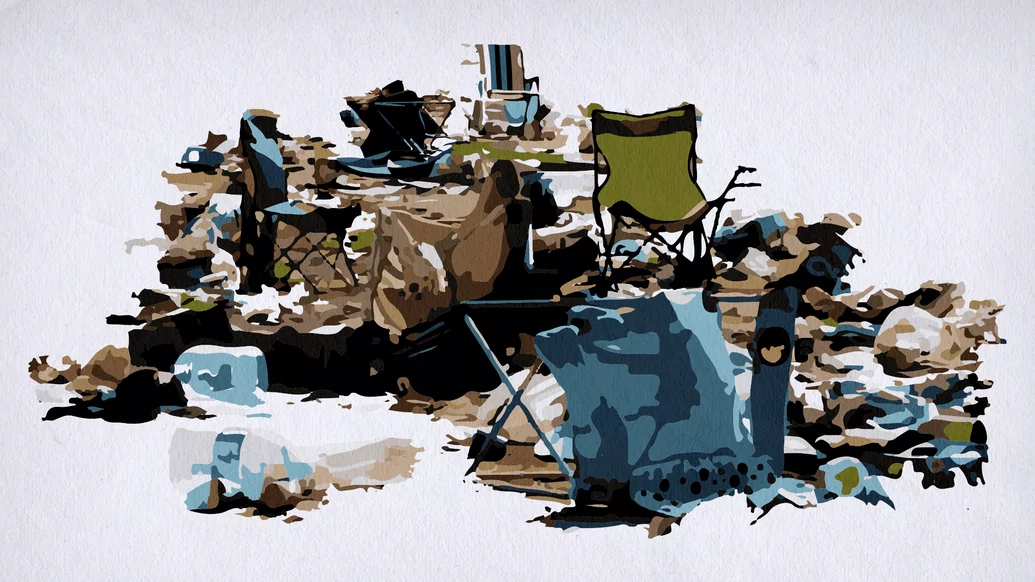

Becoming platforms for messaging
A huge part of Ultra’s environmental push was a pre-event digital campaign promoting the idea of leaving no trace. With no reports of physical damage to the natural area following 2019, this seems to have sunk in among ticket holders. But it went further than the site — based on video plays, an estimated audience of 2.7 million received messaging focused on an individual’s environmental responsibility at a festival.
The idea that festivals can act as soapboxes for social and environmental movements is rarely more visible than at Serbia’s Exit. Emerging in 2000 from anti-government student protests, the event has expanded exponentially since, welcoming 200,000 last year. But Chief Communication Officer Sagor Meškovi explains the founding principle remains.
“Festivals can serve as a platform for awareness and advocacy — they can mobilise their fans to help them put pressure on governments and decision makers worldwide to move faster on reforms,” he says. One of Exit’s biggest wins to date was lobbying for more relaxed Serbian visa requirements for travel within the EU, which involved hosting Europe’s then-Commissioner for Enlargement, Olli Rehn, at an on-site panel.
Today, Meškovi agrees the environmental crisis is the most urgent cause. While conceding that improving footprints relating to organisation and logistics are major challenges, he sees the position of Exit as an event known for changing perspectives as a strength it can play to immediately.
“We have started a global media platform called the Life Stream that we tested on a much smaller scale last October during ADE. In a nutshell, we will use the power of live streams, which are central to the electronic music community and beyond, to spread the message through special content inserted during shows,” he continues.
This will be fully launched at Exit 2020. It’s not clear which artists will be involved, but online and on-site shows will be juxtaposed with footage of the planet in various states — from unspoilt wildernesses to devastated hellscapes. Key outtakes from scientific papers and speeches will deliver factual information and advice.
Survival means diversification
Finances cast one of the biggest shadows over the festival industry, not least as artist fees soar. For major groups such as Live Nation, which owns almost 23% of UK festivals, deeper pockets make rising costs manageable — the firm turned over $10.8billion globally in 2018 alone.
But while ever-higher rates can be met by multinationals in the clamour for headliners, independents like the UK’s Boomtown are experiencing serious financial strain. Co-founder and Creative Director Lak Mitchell says costs are such the last two editions didn’t break even, despite selling out with capacity around 70,000.
“We are, by miles, the biggest independent festival in the country, probably three times the size of the next one down,” he says, “so we’re the only festival that needs a certain calibre of artist that isn’t part of a group of festivals, so our buying power really struggles.” He explains that the event’s reputation is so strong that artists actively want to play, and regularly reduce their fees to make bookings more viable.
This year Boomtown will welcome close to 2,000 performers, with the likes of Underworld, Wu Tang Clan, Orbital, and Kelis involved. But it’s notable top billing goes to ‘State of Emergency’, a new multi-stage visual performance themed on social and environmental breakdown. It’s the latest chapter in the festival’s history of immersive entertainment. This programme offers better value for money compared with peak time music options, and is growing in importance as overheads rise.
“We’ve recognised it’s possible to curate a huge circus show across five main stages, every night, for the same price it would cost [to book] one artist to play for one hour,” Mitchell continues. Could this work elsewhere? “It’s a very different model and it’s quite hard to get to this,” he admits.
“You kind of need to start out as a creative festival — you can’t just decide one year not to book any headliners and spend it all on decoration. You’re going to end up losing everything. But I think the more creative the festival and the more those events evolve, you’ll start seeing this [more often].”


We need a reality check
Monticule festival is set in the grounds of a French country house two hours from Toulouse. Rather than facilitating escapism, organisers envisage a future where festivals offer a new reality. Eric Schonemeier, one of the Monticule organisers, explains. “Festivals play a role in letting people break out of everyday life and into nature. [But] I think it’s important for festivals to move away from creating a fantasy, parallel world, and understand themselves as a deliberate part of this world.”
The team sees Monticule as a “green laboratory”: trialling solutions for sustainability, and hoping that successful initiatives are recognised and adopted by other festivals. In previous editions, they’ve removed harmful chemicals so toilet waste becomes fertiliser for local farmers. They’re now considering how this could be turned into fuel for the site. The festival is already mostly run on France’s low-fossil fuel hard grid, having installed an electricity meter.
“We also encourage all our visitors to come by train by getting the best ticket prices with Allons Bon Train, and we schedule our own bus shuttles and bring artists by train whenever possible,” Schonemeier says of the 1,500 capacity weekender. He believes that with better communication between events and their audiences, greener options will be more commonplace as promoters learn from each other. This could mean collaborating more frequently on flight shares for acts when air travel is unavoidable.
“I believe vegetarianism and local alternatives will increase a lot in the future,” Schonemeier continues, explaining how Monticule limits ‘food miles’ by only selling locally-sourced and homemade produce. Suppliers and vendors are bound to a charter prohibiting packaging, with cutlery and plates composted on-site. Crucially, this appeals not just to the green-conscious demographic, but to a public looking for cleaner ways of living.
“People are becoming more aware of their health, and reflecting on the fact that you can have fun with less excess,” he says, explaining how — for Monticule at least — this is causing a shift in crowd attitude. “I think there are more people now choosing to have special moments they can remember, not just more drugs, more drink. This will affect the kind of raving that happens.”
Everyone must take responsibility
Music plays a big part of Thailand’s Wonderfruit festival, but it was never set up purely for entertainment. The four-day event is driven by discussions and workshops on everything from sexuality to sustainability, and a standalone Wonderness programme is dedicated to traditional Thai practices of healing and openness.
Founded in 2014 by Pranitan ‘Pete’ Phornprapha, as he explained in a 2018 interview with Vice, the event was established from an entrepreneurial standpoint, with the goal of adding real value to a highly competitive South East Asian festival market. That value for Wonderfruit, he believes, is centred on “creating dialogue to achieve positive impacts through creativity”.
Phornprapha’s family have run Siam Motors for more than 60 years, and it’s hard not to find some irony in an automotive dynasty conceiving something like Wonderfruit. But there’s plenty to admire about the event. Central banking systems have been bypassed by giving suppliers an option to receive payment in TREE cryptocurrency.
Sales of every ‘mangrove drink’ on site trigger the replanting of one mangrove tree in Myanmar’s badly pillaged forests. By 2017 the festival had become carbon positive, with 10,000 trees planted — enough to trap more emissions than produced on-site.
That the location is owned by Phornprapha is clearly advantageous. Without title deeds it would be impossible to have land where Smart Farmers — a local collective using holistic approaches to agriculture — grow food and construction materials, meaning stages can be built from rice. Feasts — a big part of Wonderfruit’s lifestyle offering — use sustainable ingredients, with an emphasis on plant-based dishes.
For 2019, a green design competition drew entries from across the world. The brief was creating a zero-impact pavilion to house an exhibition showcasing the festival’s ethos and journey to date.
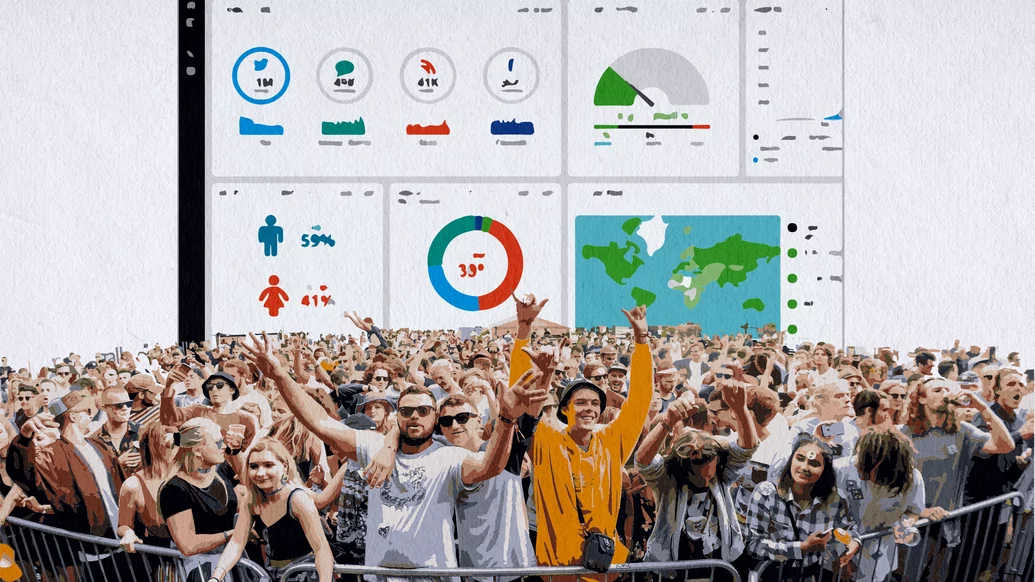

“If you’re just trying to go after the next trend, then you will attract people who think the same. A festival really is a moving community and if you want to work with the right people, you have to do the right thing,” says Phornprapha of Wonderfruit’s outlook. Even so, attempts to promote audience off-setting struggled in 2019 despite building an online carbon calculator.
Contributions could be made in just a couple of clicks through the website: based on emission figures from the non-profit Mae Fah Luang Foundation, which manages social and environmental projects across Asia.
“We launched that last year with our tickets, giving people the option. We had around 400 people offset, from tens of thousands, so it wasn’t a lot. But we’re going to continue to push that forward and look at ways we can reward people," Phornprapha says, conceding that true environmental responsibility needs people to be more aware of themselves.
Tom Elkington, one of four directors behind UK session Houghton, agrees. “People at festivals have a mindset they are sort of off-duty for the weekend. And I get that. But you can’t be off duty when it comes to environmental impact. You can’t just throw your cup on the floor, you can’t just bring all these horrendous things you bought from shops and only eat half of them.”
Authenticity will breed loyalty and longevity
“We wanted, and strive to offer, more of a club experience,” Elkington continues, when we ask how the 12,000 capacity Houghton can stand out in the UK’s saturated mid-sized specialist festival market. “That comes down to the 24-hour license, the quality of the soundsystems, the quality of the DJ booths, and the experience of the DJs.”
Houghton’s curation, courtesy of fabric resident Craig Richards, has much to answer for. Stage designs are also significant. Pinters, an area that would have been introduced for 2019 had extreme weather not cancelled the event, embodies this mindset. Experimental, jazz, and downtempo, heard in D&B surround sound with comfortable seating, and lounge ambience, is central to the concept. We ask for a wider view on whether the biggest challenge for festivals now — simply put, there are too many.
“I definitely think we are at peak festival [saturation], for sure. Is this sustainable? Probably. However, I think the underground movement is sustainable in the long term,” Elkington says. Running a party for almost four days straight, so the emphasis falls on long, sometimes five hour-plus DJ sets, has garnered a loyal crowd looking for musical experimentation only possible in a freewheeling setting.
“I think there is a shift, or there needs to be a shift, to where punters don’t attend the festival for who’s headlining. They should attend for the sake of being at that festival,” Elkington concludes. In many ways, this hits the nail on the head. Whatever the next decade brings, it cannot be business as usual for festivals.
So what does the future of this scene look like, according to the scene? Perhaps a place where individualism is replaced by collective thinking. A more diverse landscape that doesn’t solely rely on booking unaffordable idols to sell tickets. A market where major players understand their responsibility to amplify activism to achieve genuine progress. Most crucially, though, it must be somewhere that doesn’t allow us to forget our responsibilities to each other, and to the natural world.

